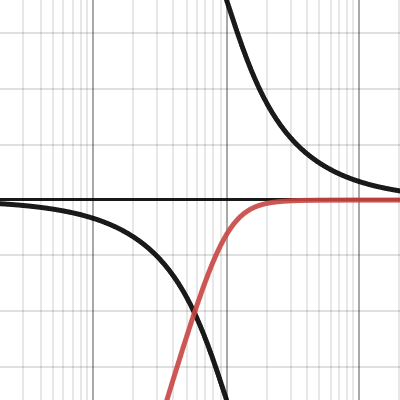This is something I've never understood and haven't been able to find an answer with on Google.
I know if you have a Butterworth crossover at 1000 Hz, the volume will be -3 dB at 1000 Hz. And if it's a Linkwitz-Riley crossover, it will be -6 dB at 1000 hz instead.
But what determines the first octave in the "dB per octave" slope? Is it one octave away from the crossover frequency, or one octave away from the frequency where the level first starts to drop off?
For instance, if you have a 1st-order BW highpass at 1000 Hz, will the level be -6 dB at 500 Hz? Or will it be -6 dB somewhere higher than 500, since the frequency where the level first began to drop below zero would be somewhere above 1000 Hz?
I know if you have a Butterworth crossover at 1000 Hz, the volume will be -3 dB at 1000 Hz. And if it's a Linkwitz-Riley crossover, it will be -6 dB at 1000 hz instead.
But what determines the first octave in the "dB per octave" slope? Is it one octave away from the crossover frequency, or one octave away from the frequency where the level first starts to drop off?
For instance, if you have a 1st-order BW highpass at 1000 Hz, will the level be -6 dB at 500 Hz? Or will it be -6 dB somewhere higher than 500, since the frequency where the level first began to drop below zero would be somewhere above 1000 Hz?










